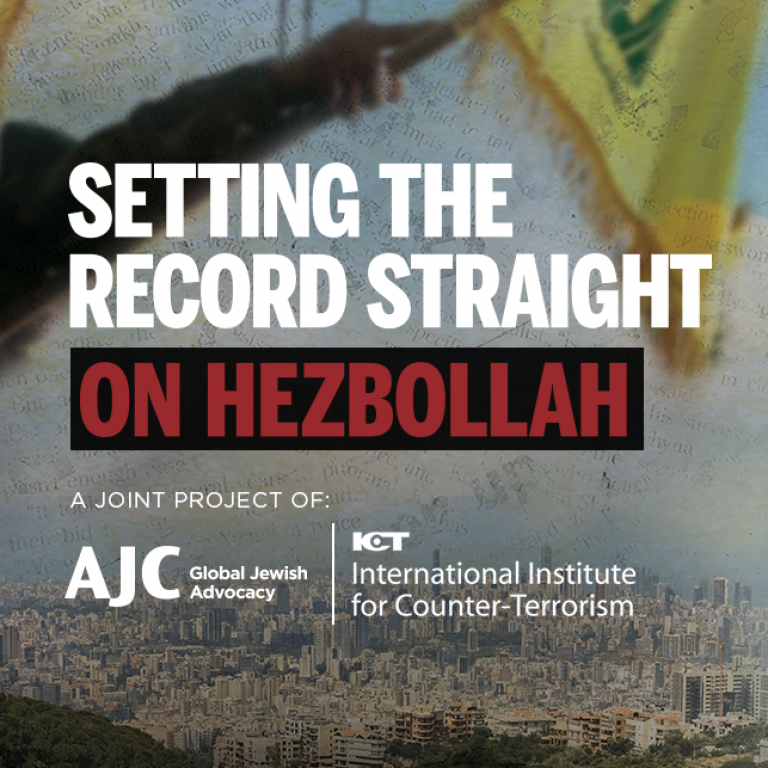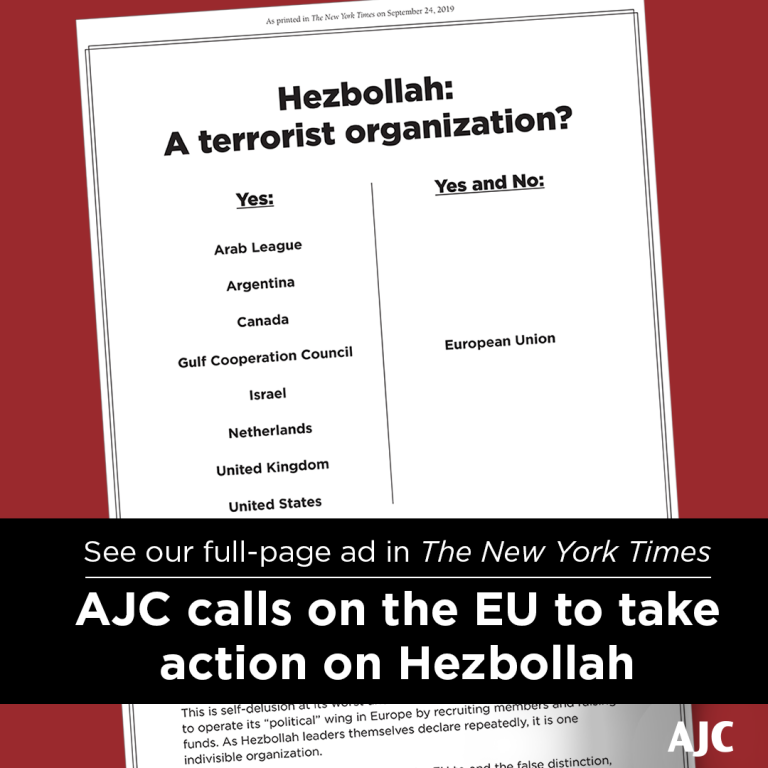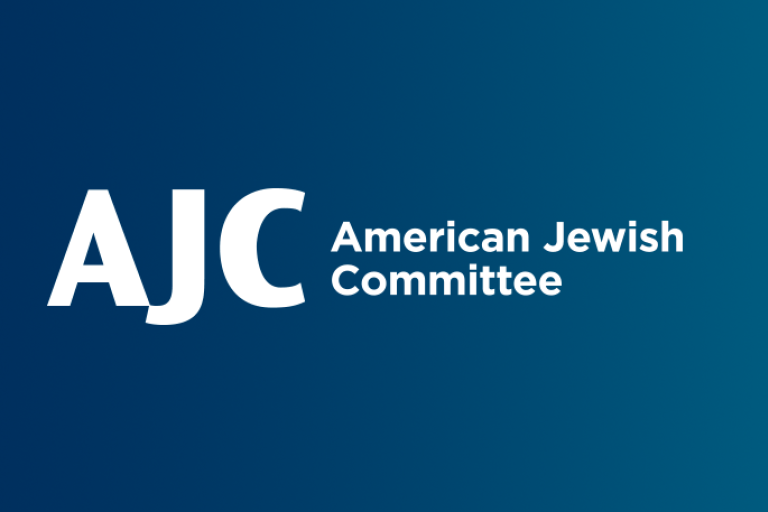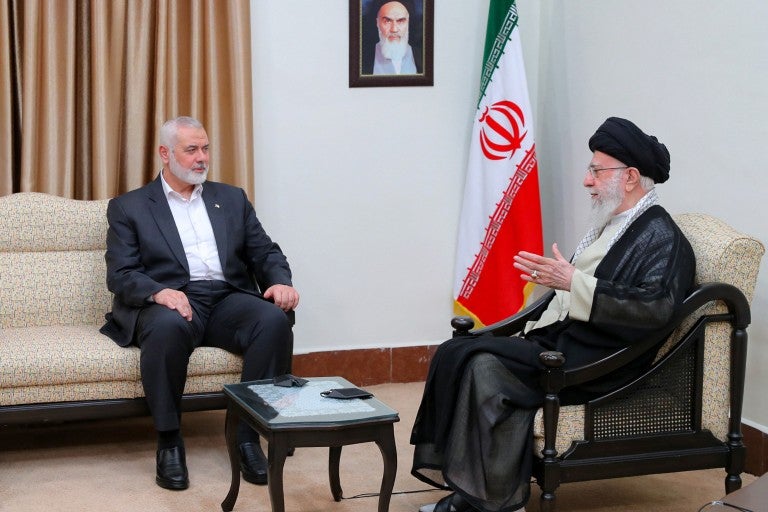“Hezbollah is not an extension of the Iranian regime. In fact, it has tried to distance itself from Iranian patronage to increase its domestic legitimacy among parties that view it as Tehran’s lackey.”
Short Response: Hezbollah is the long arm of Iran.
The Facts: There is a reciprocal relationship between Iran and Hezbollah. While Iranians support Hezbollah's activities in the regional and international arenas, Hezbollah promotes Iranian interests. Iranian investment in the organization has increased over the years with Hezbollah’s transformation into a hybrid terrorist organization that operates a welfare system and a political party alongside its military-terrorist wing.
Although Hezbollah has tried to mask its real relationship with Iran over the years, many statements by its leaders alongside other publications have attested to the depth of these ties.
Key Details:
The relationship between Iran and Hezbollah can be described as a reciprocal system. Though Hezbollah was at first under Iranian control and mentoring in the 1980s, it began to operate more independently in the 1990s to position itself as a legitimate player in Lebanon's restored political system.
The patron-client relationship that shares an Islamic-Shi’ite common denominator rests on the existence of a supreme religious authority in Iran. The Persian nation has been funding Hezbollah since its establishment and invests huge sums to develop and strengthen the organization’s capabilities, from an estimated $70-$100 million per year in the 1990s to approximately $700 million a year in 2017. In addition, Iran supplies Hezbollah with various weapons, mostly through the Damascus airport. Since 1982, Hezbollah's operational infrastructure has been built almost entirely with Iranian support, with some Syrian political and military assistance. From Iran's point of view, Hezbollah serves as an arm to carry out terrorist activities, achieve Iranian interests and fight against Israel. It should be emphasized that Iran helped and continues to help build Hezbollah's global terrorist infrastructure through operatives of the Iranian security services and the Revolutionary Guards from inside its embassies around the world. Hezbollah is a strategic asset for Iran.
Hezbollah operatives, under Iranian guidance, are active in every place where Iran has interests, such as Yemen, Iraq, Syria, and the Palestinian territories. In order to expand its hold on the ground, the Revolutionary Guards are aided by Hezbollah's Unit 3800, which is entrusted with advising and training organizations outside Lebanon.
In August 2018, Saudi officials posted videos of the Revolutionary Guards and Hezbollah training Houthis. Similarly, the Kata’ib militia, which originally operated in Iraq, was sent to Syria by Qassem Suleimani, commander of the Quds Force, which is responsible for the activities of the Revolutionary Guards outside Iran’s borders. The leader of the militia, Abu Mahdi al-Muhandis, even thanked Iran in 2018 for its support with weapons and money, and Hezbollah for training its fighters.
The changes that have taken place in Lebanon and the Middle East since 2005, such as the assassination of former Prime Minister Rafic Hariri, the Second Lebanon War, the nuclear agreement, and the “Arab Spring” revolutions, deepened Iran’s control over Hezbollah and reduced the group’s independence. Hezbollah went from being a Lebanese player to a regional and international actor that operates on behalf of Iran. On the outside, Hezbollah continues to attach itself to the Lebanese system while concealing its real relationship with Iran. However, there have been many statements made by senior Hezbollah figures and other publications attesting to the depth of the organization's ties with Iran.
In 2016, Hezbollah’s Secretary-General admitted for the first time that the organization's budget, revenues, expenses, food, and weapons, we all connected to Iran. In a speech to a small audience that was recorded and leaked to the Iranian media, Nasrallah admitted that the organization regarded itself as a soldier in the service of Iran’s Supreme Leader. Hezbollah claimed the recording was forged.
Similarly, Sheikh Naim Qassem, Nasrallah's deputy, claimed in 2009 that Khamenei “sets the general guidelines for us that release us from guilt and grant us legitimacy.” Qassem emphasized that Hezbollah cannot launch an operation against Israel without religious justification from Iran's ruling cleric.
In the “Hizbollah Program,” which was published in 1985 and has never been changed, the organization described its identity: “We are the sons of the umma (Muslim community) – the party of God (Hizb Allah) the vanguard of which was made victorious by God in Iran. There the vanguard succeeded in laying down the basis of a Muslim state which plays a central role in the world. We obey the orders of one leader, wise and just, that of our tutor and faqih (jurist) who fulfills all the necessary conditions: Ruhollah Musawi Khomeini. God save him!” Since the death of Khomeini, the faqih is Ayatollah Khamanei.
In addition, Iran or subsidiaries of Iranian organizations own Hezbollah institutions. For example, the Martyrs Foundation is an Iranian institution established by Imam Khomeini that supports the families of martyrs. Its Lebanese branch helps the families of Hezbollah martyrs. They are all identified by the U.S. Treasury as terrorism supporters.
Recently, several Iranian and Hezbollah operatives were arrested on European soil, attesting to the close ties between the two. Among other things, French police conducted searches in the city of Grande-Synthe, in northern France, at the headquarters and home of the leaders of the Shi’ite organization “Zahra Center,” which has ties to Hezbollah. The center apparently provided logistical support for Iranian operations in France and was closed by authorities.





